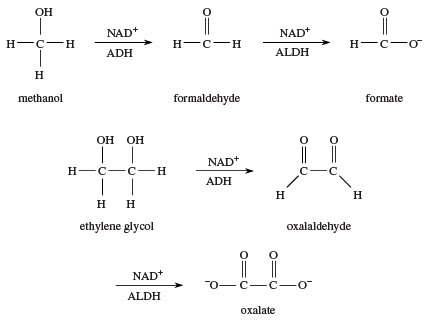
In chemistry, a dehydration reaction is a change that involves the complete loss of water in a reactant or molecule
Hydration reactions are very common, the opposite of complete dehydration. Common dehydrating agents used in chemical synthesis include alumina, sulfuric acid, and urea.
In organic chemistry, hydroxyl radicals are formed in an acidic environment. The main function of hydroxyl ions in this case is to help neutralize other compounds. However, in chemical synthesis, hydroxyl radicals can also be activated. When this happens, hydroxyl ions are found in the presence of other substances such as alcohols, amines, and ketones. This process is known as a dehydration reaction.
In addition to reaction with hydroxyl ions, reactions with alcohols can lead to hydrolysis of other chemical bonds. The rate at which this occurs will depend on the concentration and duration of exposure to the alcohol in the solution. Alcohol can also react with hydroxyl ions to form a ketone. This reaction is very fast and can occur within minutes after adding alcohol to the solution.
In organic chemistry dehydration is an important step in some important chemical reactions. When hydroxyl ions are converted to ketone, they form a ketone radical, which has a positive charge. This negatively charged state causes the electron to be displaced from the atom. This electron is then responsible for releasing energy and breaking the bond.
In general, the effects of dehydration are seen in the presence of a large quantity of alcohol. The higher the concentration of alcohol, the greater is the rate of reaction. Therefore, it is not surprising that most alcohol syntheses are initiated in the presence of high concentrations of alcohol. A number of different hydroxyl and ketone radical derivatives exist which can be activated by alcohol.
Hydroxyl radicals can be produced when an organic compound, such as sulfur, ammonia, urea or ammonia, reacts with water to form the hydroxyl radical. Although a hydroxyl radical is extremely reactive, it is considered to be the weak form of a hydrogen radical (H). This means that it cannot react with oxygen or any metal. compound containing an electron. It is also considered to be the least reactive form of a hydrogen molecule.
One of the major uses for the hydroxyl radical is in the production of ketone. Ketone is used for the preparation of different types of medicines. Ketone is used to replace ammonia as a primary component of chemotherapy treatments. A number of other organic compounds containing ketone are used to manufacture various kinds of chemical compounds.
Other than hydroxyl radicals, ketone can also be formed as a by-product in the dehydration reaction. It is sometimes added to synthesize ketone salts which are used to produce different types of chemicals. The stability of the product and its ability to interact with other chemicals depend largely on the conditions in which it is made. This is why many different hydroxyl ion derivatives are not stable when made with water alone. In addition, the stability of these compounds can also vary depending on different variables.
Hydrogen and hydroxyl radical derivatives are also important in the synthesis of ketone. Ketone is usually produced in the presence of excess sulfur, ammonia, urea or alcohol and used as a catalyst for the conversion of an organic compound to ketone. Ketone is then used to make different kinds of catalytic agents, such as hydrogen peroxide (HOCl) and sulfuric acid (SO4). Ketone can also be used in the synthesis of various other chemicals, including nitrogen dioxide (N2O).
There are several reasons why ketone is used in the dehydration reaction. In general, it is not known why hydroxyl radicals are produced, but it is believed that they may play a role in the generation of other radicals.
One of the known roles of hydroxyl radical derivatives is to activate the hydroxyl radical in the hydroxyl radical. This in turn causes the formation of other hydroxyl radicals that may be converted into other compounds in the hydroxyl radical.